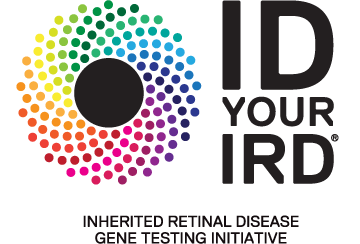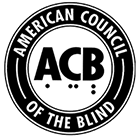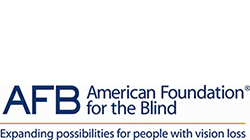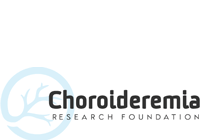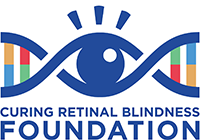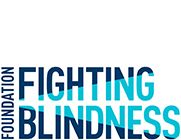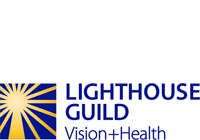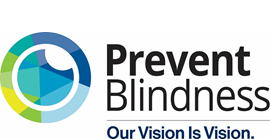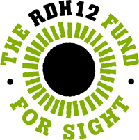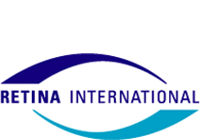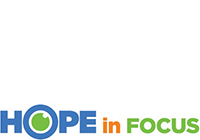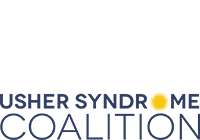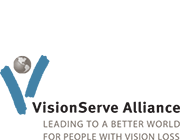Our Commitment to Inherited Retinal Diseases (IRDs)
A range of inherited retinal diseases (IRDs) are core targets for us as we strive to turn genes into medicines for patients with inherited genetic diseases. We are proud members of the global IRD community, dedicated to developing patient-focused initiatives, from clinical research and educational programs, to programs designed to increase access to genetic screening for people with IRDs.
What are inherited retinal diseases?
Inherited retinal diseases (IRDs) are a group of rare blinding conditions caused by more than 270 different genes. Some people living with IRDs experience a gradual loss of vision, eventually leading to complete blindness. Others may be born with or experience vision loss in infancy or early childhood. Obtaining a confirmed genetic diagnosis through genetic testing is the only way to verify the exact gene mutation(s) that is the underlying cause of an IRD.
Since 2015, Spark has been working to make the critical diagnostic step of genetic testing more accessible to those living with an IRD. Learn more about the benefits of testing, our work with the community and the
programs we offer.
Spark, Spark Therapeutics and its design, and Eye Want 2 Know are trademarks of Spark Therapeutics in the United States. All other trademarks are property of their respective owners.
© 2023 Spark Therapeutics, Inc.



